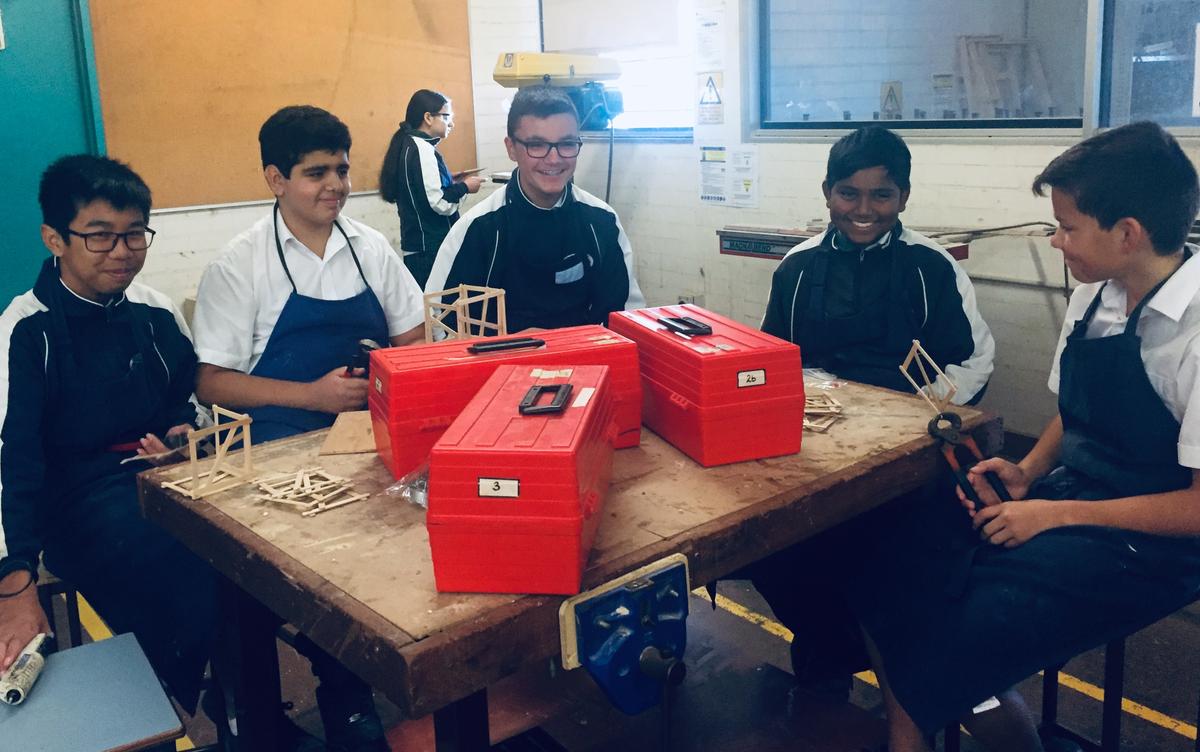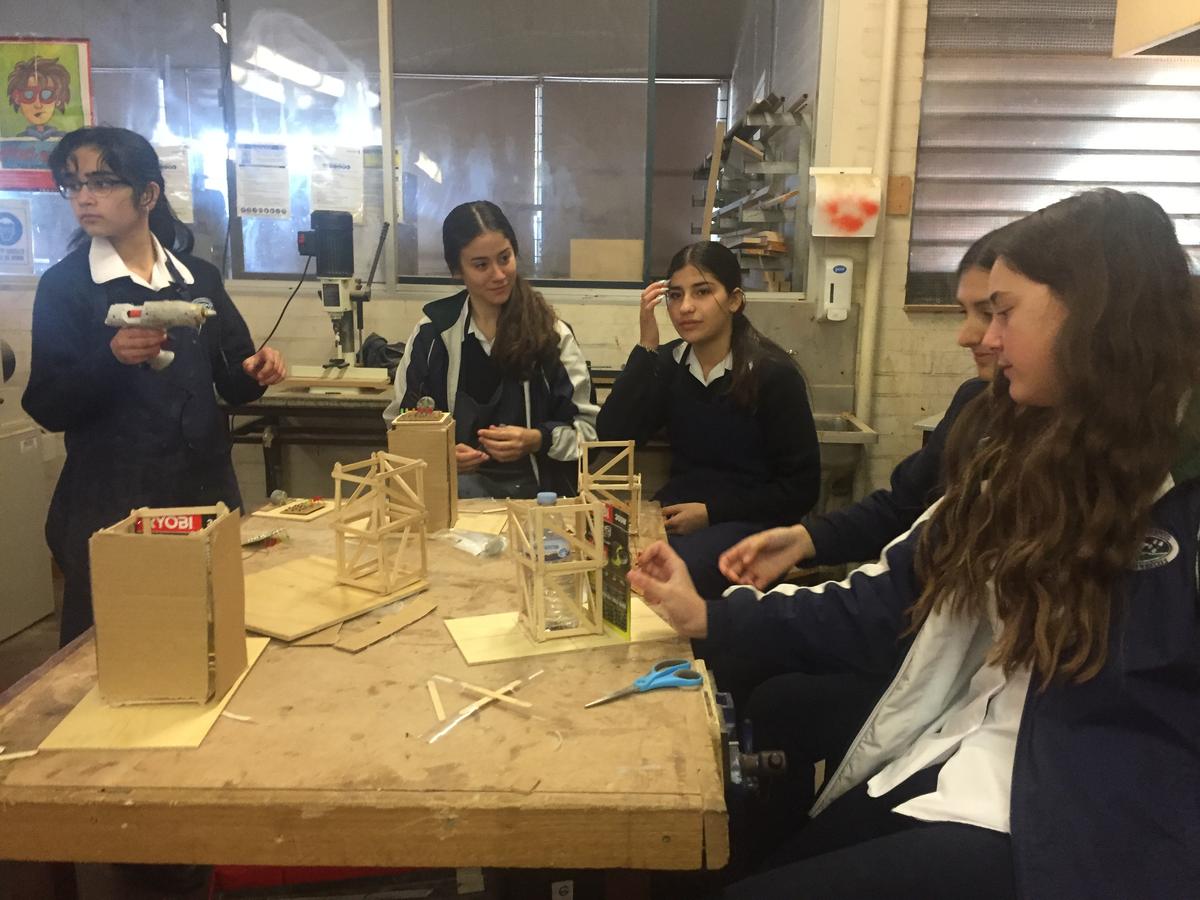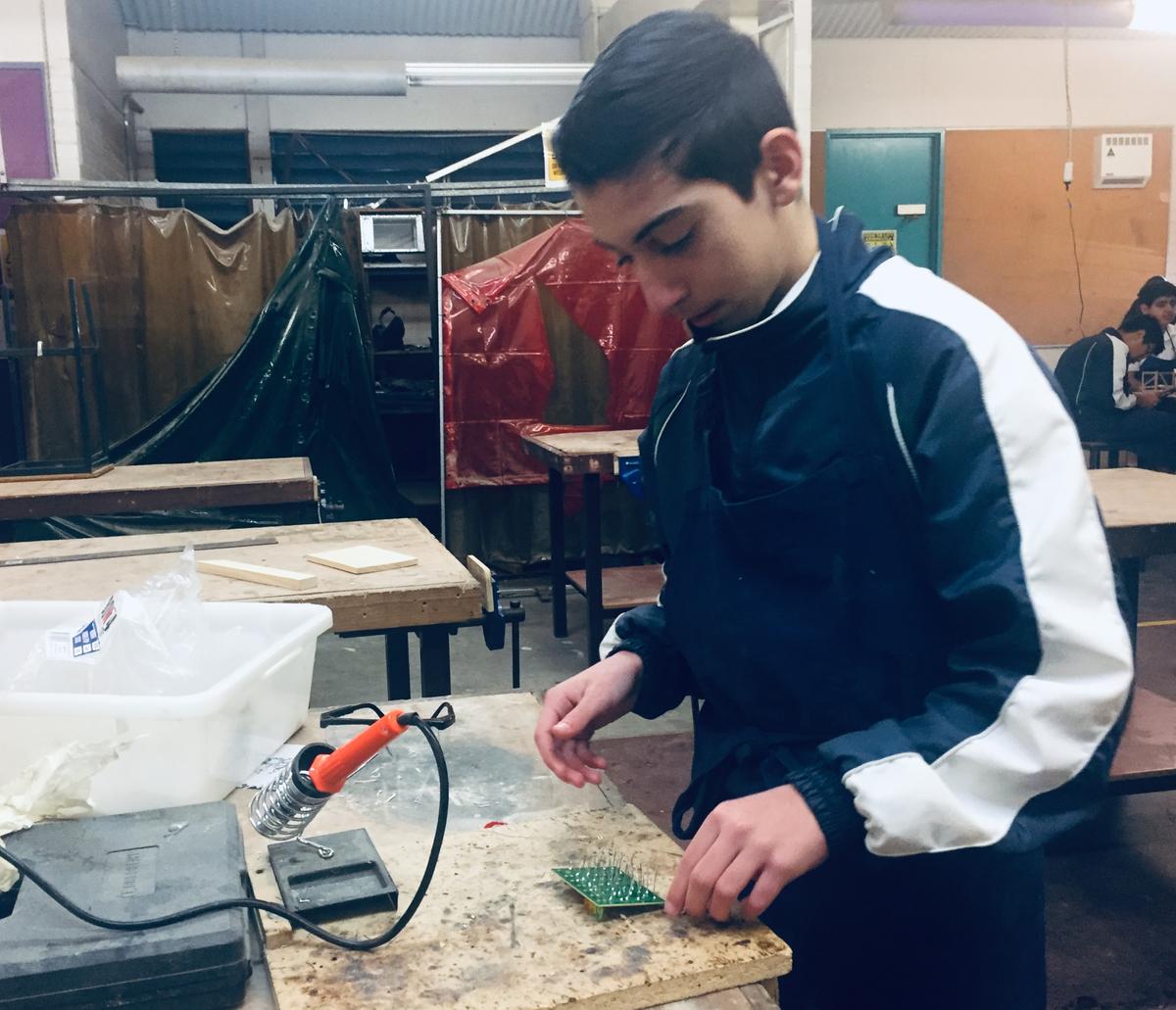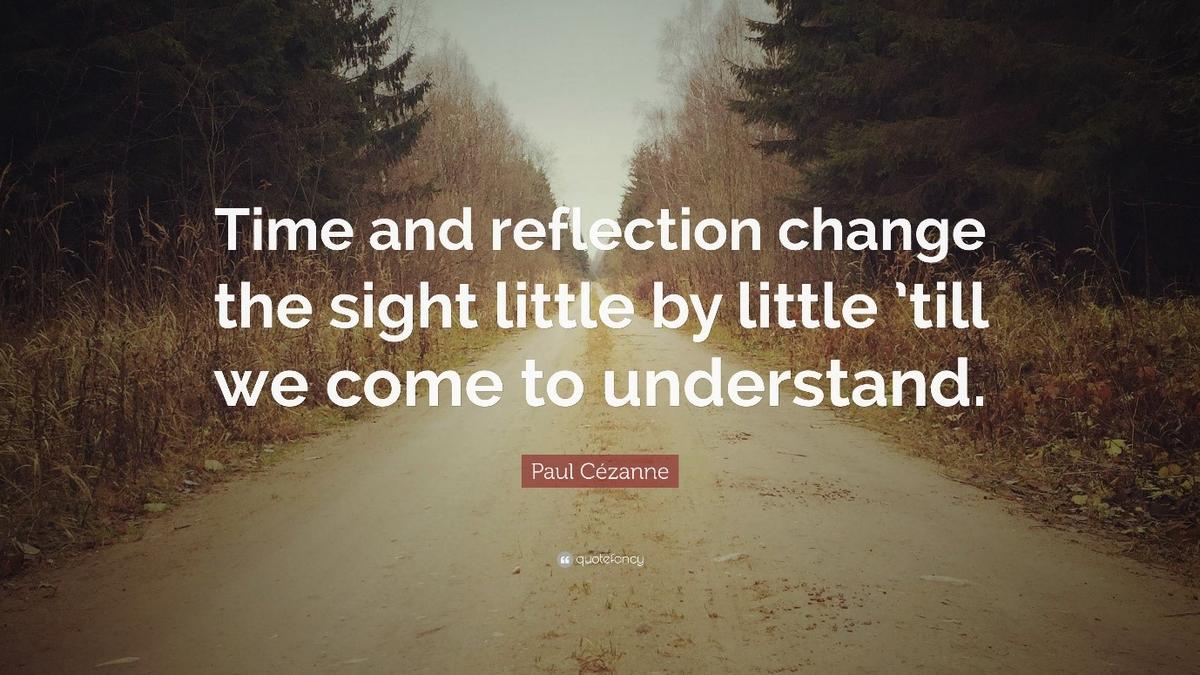Reflection and Goal Setting

I commend our students
We have made it to the halfway point of the 2020 school year. It certainly has been a year like no other and I commend our students on their perseverance and commitment to their learning. The halfway mark of a school year is a time for students to pause and reflect on what they have achieved and what they would like to achieve, as they receive their Half- Yearly Reports.
Learning without reflection is a waste. Reflection without learning is dangerous.” – Confucius.
Reflection helps students to:
- understand what they already know
- identify what they need to know in order to advance their understanding
- make sense of new information and feedback
- inform their goals for further learning
Goal Setting
One of the most important skills for students is to be able to reflect on their learning and achievements, and determine SMART goals to work towards. For those students experiencing anxiety, feelings of being overwhelmed and acute worrying, activities which can refocus cognitive behaviour can be very positive. Students who are experiencing anxiety often feel like they have no control over their thoughts, their feelings, or their behaviours in seemingly stressful situations, such as completing homework, studying for exams, or presenting to their classmates. For some, this same sense of anxiety can be felt on any given day while participating in activities they perceive as stressful such as giving an answer in class or choosing where to sit on the bus. For these students even the smallest task can become insurmountable.
Engaging in goal setting is a practical, positive step that students can use to combat feelings of fear and anxiety, while also driving improvement in learning achievement.
Start identifying the goal
1. Make it SPECIFIC
Goals should be written in the most simplistic manner possible, honing in on one specific outcome. Without this core principle, you might find it hard to focus and, in the end, feel unmotivated. When drafting your goal, try to answer the five "W" questions:
- What do I want to accomplish?
- Why is this goal important?
- Who is involved?
- Where is it located?
- Which resources or are involved?
Specify what you want to achieve. e.g. “Get good marks” is NOT a SMART goal, whereas, “Improve my Maths result by 5% by spending more time on homework and studying every Monday and Wednesday night” is.
2. Make it MEASURABLE
It's important to have measurable goals, so that you can track your progress and stay motivated. Assessing progress helps you to stay focused, meet your deadlines, and feel the excitement of getting closer to achieving your goal. A measurable goal should address questions such as:
- How much?
- How many?
- How will I know when it is accomplished?
If a student tells me they will “study more” or “work harder”, I ask for details. How many minutes/ hours will you spend on homework or how many questions will you ask the teacher?
3. Make it ACHIEVABLE
Goals should be designed like a good workout. They should stretch you slightly, so you feel challenged, but not cause stress or injury. An achievable goal will usually answer the question:
- How can I accomplish this goal?
If your goal is to ease worry and tension then this is a key part of a SMART goal. While all of us need to challenge ourselves it is important that we choose a challenge we can meet. Anxious people tend to fear mistakes and failing so make sure you are not aiming at a perfection you are unlikely to reach.
4. Is it REALISTIC?
This step is about ensuring that your goal matters to you, and that it also aligns with other relevant goals. We all need support and assistance in achieving our goals, but it's important to retain control over them. So, make sure that you're still responsible for achieving your own goal. A relevant goal can answer "yes" to these questions:
- Does this seem worthwhile?
- Is this the right time?
5. Make it TIMELY
Every goal needs a target date, so that you have a deadline to focus on and something to work toward. This part of the SMART goal criteria helps to prevent everyday tasks from taking priority over your longer-term goals. A weekly goal and a goal for an entire topic of study are two very different things. A time-bound goal will usually answer these questions:
- When?
- What can I do six months from now?
- What can I do six weeks from now?
- What can I do today?
Students need to remember that failure is not the opposite of success, it is part of success. Sometimes life gets in the way or things completely out of our control will change the circumstances we’re dealing with, so you can prepare to change or adapt your goals.
For example: I couldn’t study on Tuesday because my Auntie called in unexpectedly.
Solutions: Make up for it the next day by adding that to my homework. Explain to my teacher and ask them to give me an extra activity in class.
I hope the holidays allow some time for reflection and that students can return with some SMART goals, providing a clear direction of where they are headed and how to get there.
I wish you all a safe and enjoyable holiday break.
Mrs Denise James
Deputy Principal - Year 8 and Year 11












